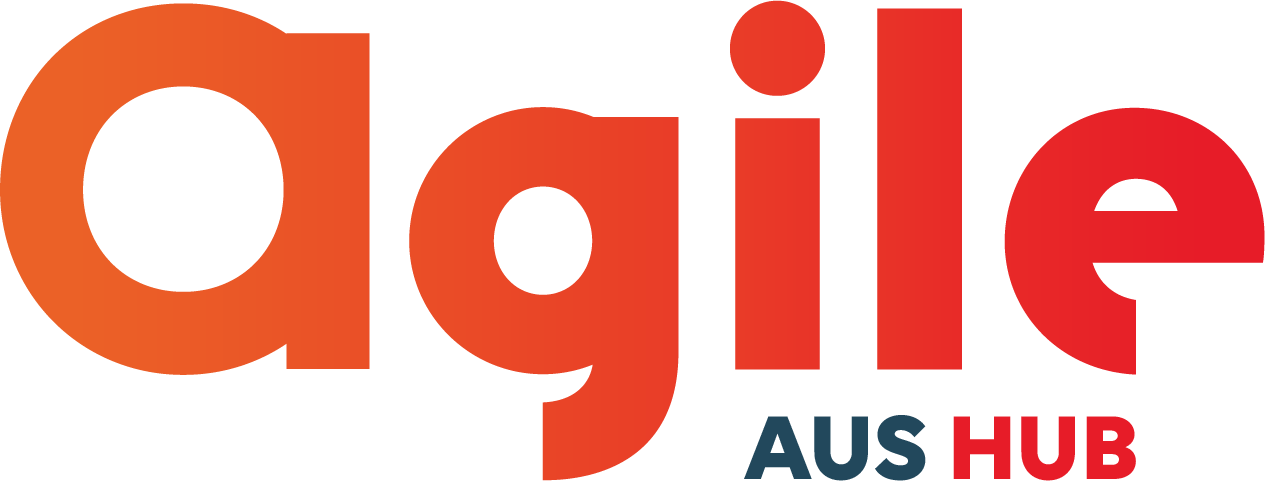How Agile are you? Part 2: Running an Agile Maturity Assessment Workshop
In the final part of this series, Richard Wiseby reveals the various components of an Agile Maturity Assessment and how to tackle them for a team to ‘move up’.
Whilst a full Agile Maturity Assessment is needed to establish a baseline it can be cumbersome. This can be alleviated by integrating it into Agile ceremonies and day to day Agile life. One way of doing this is with an AMA board and the integration of “Micro AMAs” into a team’s Stand-ups and Retrospectives. Therefore keeping the AMA fresh and manageable on a day to day basis.
Running an AMA Workshop
The first time an AMA workshop is run can take a long time. However, establishing a baseline for the Team is essential. The prerequisites that are needed for an AMA are;
- All Areas and Practices must be defined.
- Levels must be outlined for each practice with assessment criteria (as per the examples).
- All team members should read and assess the practices beforehand as this saves time in the actual workshop.
For the first workshop, a team member that defined the criteria for the practices should be the facilitator. This is often an Agile Coach but can be anyone from the team that designed the AMA. The facilitator works through each area and practice calling for a vote on what the team believes the score to be. Thus;
- The highest and lowest scores should be explored (justified) and the team’s decision adjusted accordingly.
- The team may decide unanimously on a score or the facilitator can take the average.
- There are no part scores.
- The facilitator keeps track of the scores.
During the scoring process, the criteria for each practice can be reviewed and updated with feedback from the team. The facilitator or assistant should take notes and update the criteria later. Once the scoring is finished the scores are averaged to show an overall score, with a level then being assigned. Outcomes and components generated from the team’s first AMA should be;
- A spreadsheet with all the practices and their criteria. With all practices scored by the team.
- A summary poster can be created to display next to the teams working wall (Kanban board etc.) showing all the practice headings and their scores.
For example;

- Removable tags or sticky notes can be used on the poster so it is easy to change.
After the AMA
Now that a baseline has been established for the team by the first AMA, the team now needs to constantly review and update their AMA. It can become cumbersome to run a full AMA every three months, and this results in teams often putting it off indefinitely. To combat this AMA fatigue, the team can run Micro AMA’s in their retrospectives and address them in the daily stand-ups. This keeps the AMA in the forefront of the team’s Agile thinking without becoming a burden. To integrate this process into the team’s daily processes and ceremonies the following steps can be taken;
- In the first AMA, look at one or two of the lowest scoring items and the criteria needed to “upgrade” them.
- Depending on iteration/sprint duration only pick a small number of items e.g. a two-week iteration should have no more than two items, a monthly only four.
- Please Note: The AMA items are not meant to be work that detracts from the team’s core work. They are meant to keep continuous Improvement alive in the team.
- Create small user stories for these practices and assign them to volunteers as a low priority. (Volunteers should be rotated every iteration).
- The team members responsible for the AMA items then work on whatever is needed to increase the score by the end of the iteration.
- At the end of the Teams Retrospective spend 5 mins assessing and voting on the AMA actions that have been worked on.
- If the levels have increased then update the summary tracking poster.
- Choose and assign two more AMA Actions to another two volunteers (not the same volunteers as the last ones).
- Rinse and Repeat.
Conclusion
The encumbrance of a full AMA is necessary in order to establish a baseline. It can be streamlined by integrating into a team’s Stand-ups and Retrospectives. With tools like an AMA tracking board, the AMA can be visible, trackable, and spoken to on a daily basis in a Stand-up. Micro AMAs in the team’s Retrospective can update the tracking board and “level-up” the team. Thus, the AMA is always fresh in the minds of the team and constantly improved every iteration.
Acknowledgements
- The Agile Improvement Team at TattsGroup – The real brains behind this flavour of AMA. They are;
References and Reading
- ThoughtWorks Agile Maturity Model – Jez Humble and Rolf Russell – https://info.thoughtworks.com/rs/thoughtworks2/images/agile_maturity_model.pdf – A ThoughtWorks perspective.
- Agile Self Assessments – Ben Linders – https://www.benlinders.com/tools/agile-self-assessments/ – A good starting point with lists to articles and other teams practices.
- An Agile Maturity Assessment – Robbie McIver – http://www.robbiemaciver.com/documents/presentations/A2010-Agile%20Maturity%20Self-Assessment.pdf – Outlines the level concept.
- How to Measure Team Agility – Illustrated Agility – http://illustratedagile.com/2012/09/25/how-to-measure-team-agility/ – An alternative version with an updateable dashboard.
- A Structured Approach to Adopting Agile Practices: The Agile Adoption Framework – Ahmed Sidky – https://theses.lib.vt.edu/theses/available/etd-05252007-110748/unrestricted/asidky_Dissertation.pdf – A more technical and Scientific approach.
- Agile maturity; How Agile is your Organisation? – Mark Schenck – https://www.atlassian.com/blog/archives/agile-maturity-how-agile-is-your-organization – An implementation of an AMA matrix that can be added to JIRA.
- Agile Model Introduction – Mark Balbes – https://adtmag.com/articles/2015/12/15/balbes-agile-model-0-intro.aspx – A similar approach to TattsGroup.

Stay in the loop
To receive updates about AgileAus and be subscribed to the mailing list, send us an email with your first name, last name and email address to signup@agileaustralia.com.au.

0 Comments